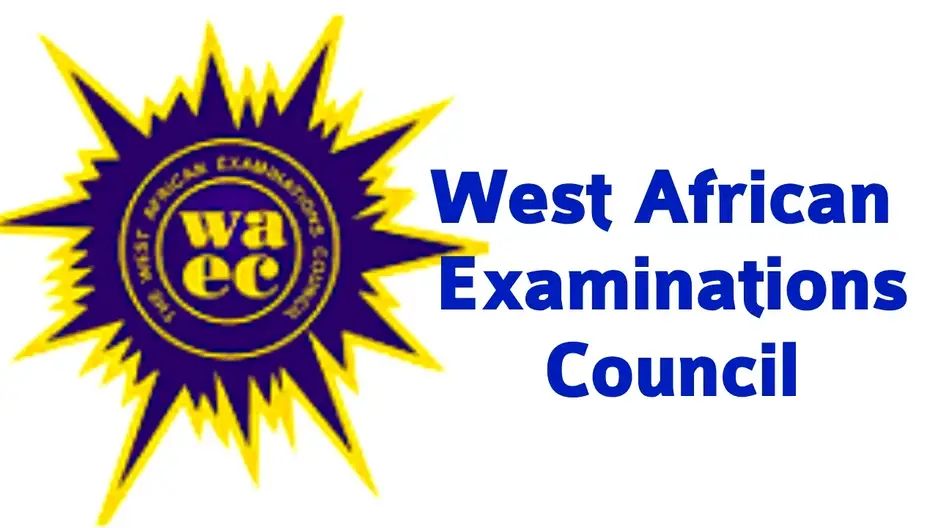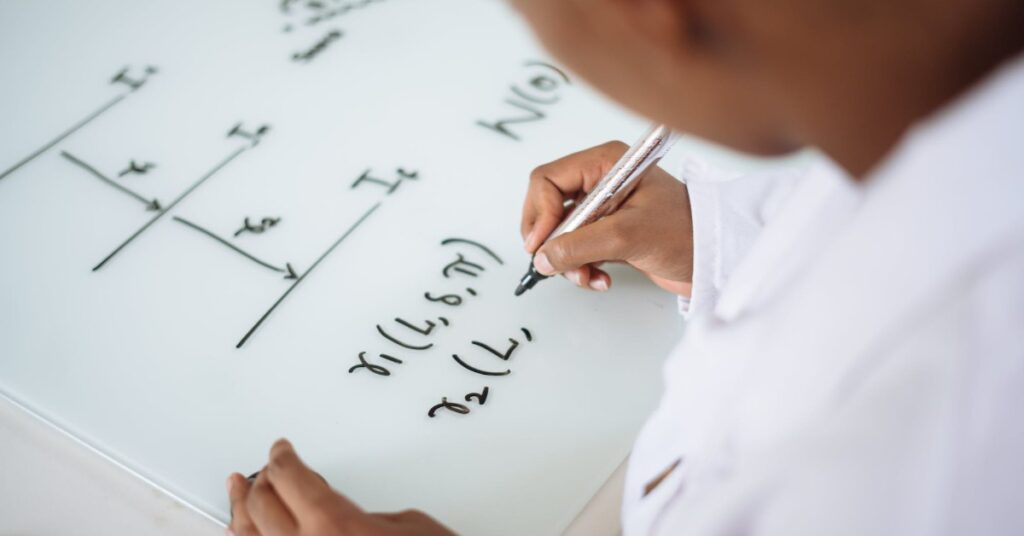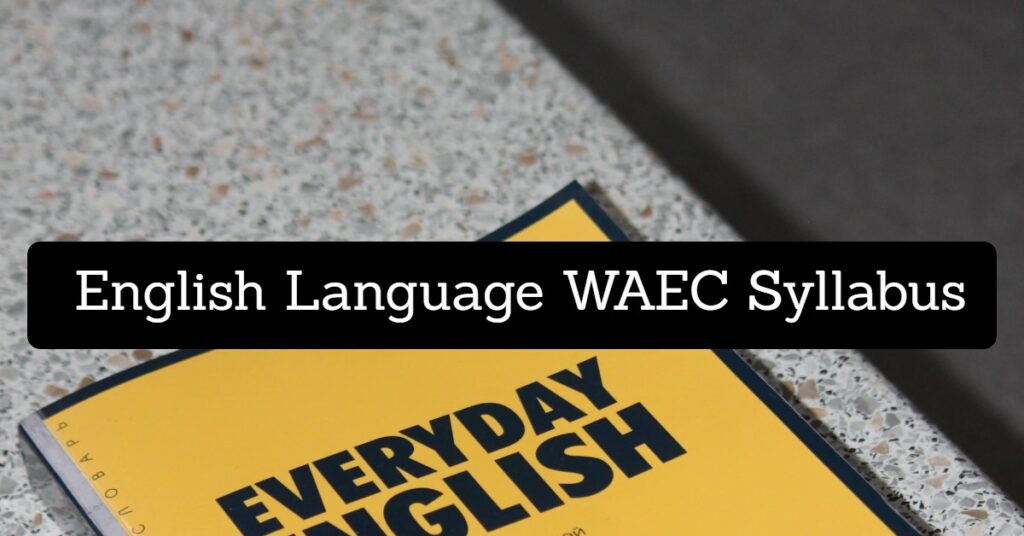
The WAEC syllabus for Fisheries is an essential resource for candidates preparing to take the examination. It encompasses the aims and objectives, along with detailed notes and format for the Fisheries exam.
Studying the Fisheries syllabus is crucial for effective exam preparation, as it provides candidates with a structured approach to understanding the topics they need to cover. Additionally, it includes notes on key concepts that candidates should focus on learning.
Attempting exam preparations without referencing the Fisheries syllabus is akin to entering a farm without the necessary agricultural tools, leading to decreased productivity.
It is imperative to kickstart exam preparations by thoroughly engaging with the provided syllabus.
This post also includes recommended textbooks approved by the West African Examination Council (WAEC) to supplement your study of Fisheries.
WAEC Fisheries
This syllabus has been designed to assess Fisheries as a trade for livelihood with emphasis on the acquisition of knowledge and skills in Fisheries and entrepreneurial skills associated with the content.
Candidates will be expected to answer questions on all the topics set out in the column headed Syllabus.
The notes therein are intended to indicate the scope of the questions which will be set, but they are not to be considered as an exhaustive list of limitations and illustrations.
Aims and Objectives
The syllabus will therefore seek to assess candidates on:
- the importance of fisheries in the socio-economic development of West Africa;
- skills in fish farming;
- basic entrepreneurial skills in fisheries-related vocations;
- the effects of water pollution on fishery resources;
(5) fish preservation and processing techniques.
Requirements
- Schools offering Fisheries must have at least a small glass/plastic tank/aquarium and a fish pond/concrete tank.
- The study should be supplemented by visits to well established fish farms, fisheries research institutions, fishing companies and other institutions related to fisheries.
- It is recommended that candidates keep practical notebooks which should contain records of activities based on laboratory and individual observations carried out in glass tanks/aquaria and fish farms, field trips and also records of specimens collected.
- Schools should prepare an album of fishery organisms, fishing gear and craft and different fish rearing facilities and equipment for teaching purposes.
Scheme of Examination
There will be three papers, Papers 1, 2 and 3 all which must be taken. Papers 1 and 2 will be a composite paper to be taken at one sitting.
PAPER 1: Will consist of forty multiple-choice objective questions all of which should be answered within 40 minutes for 40 marks.
PAPER 2: This will consist of six essay questions. Candidates will be required to
Answer four questions within 2 hours for 80 marks.
PAPER 3: This will be a practical paper for school candidates and an alternative to practical work paper for private candidates.
Each version of the paper will consist of four questions all of which should be answered within 1½ hours for 60 marks.
WAEC Fisheries Syllabus
Basic Concepts in Fisheries
- Introduction to Fisheries
- Meaning of fisheries.
- Sub-divisions of fisheries.
- Importance of fisheries.
Processes of Fish Production
- Capture fisheries
- Different methods involved in capturing fisheries.
- Materials required for capture fisheries and their uses.
- Culture fisheries.
- Identification of common qualities of culturable fish species.
- Identification of common culturable fishery organisms.
- Culture facilities.
Types of Fish Culture Facilities and Culture Systems
- Fish ponds.
- Types of fish ponds.
- Components of fish ponds.
- Systems of aquaculture.
- Types of aquaculture.
- Management systems in aquaculture.
- Water quality control and monitoring.
- Definition of water quality.
- Water quality parameters.
- Methods of monitoring water quality.
- Water pollution.
- Optimum water parameter ranges
Fish Feeds and Feeding
- Fish feed/food materials.
- Identification of different fish feed/food materials
- Nutritive value of fish feed ingredients
- Fish feeding.
- Feeding regime for fish.
Ideal feeding periods for fish.- Methods of feeding.
Fish Pond Preparation and Management
- Fish pond construction
- Pond preparation
- Tools required for pond preparation.
- Preparation of ponds for stocking.
- Pond management.
- Meaning of pond management.
- Pond management practices.
Fish Harvesting and Post Harvesting Processes
- Materials and methods for harvesting fish.
- Fishing gear
- Construction and mending of fishing gear.
- Methods of fish harvesting.
- Fishing crafts
- Post-harvest handling of fish
- Materials and methods for processing fish.
- Methods of fish preservation.
- Packaging materials for fish
- Marketing channels for fish.
Fish Seed Production
- Brood stock selection and handling.
- Differences between male and female sexually matured fishes.
- Qualities of good breeders.
- Ways of handling brood stock .
- Artificial breeding
- Meaning and importance of artificial breeding.
- Steps involved in artificial breeding of fishes.
- Equipment and materials used in the artificial breeding of fish
- Managing and nursing fish seed
Practical Fisheries
Fish Culture
- Environmental conditions in fish habitats.
- Tools and equipment used in fish culture.
- Common culturable fish species.
- Fish feed and materials.
- Materials for pond preparation
Fishing Gear and Craft
- Fishing gear.
- Fishing craft.
Fish Processing and Preservation
- Fish processing and preservation.
Equipment used in fish processing andpreservation.Fish products and by-products.Fish packaging materials.
List of Facilities and Equipment
| ITEM NO. | EQUIPMENT | QUANTITY REQUIRED |
| 1 | DO(Dissolved Oxygen) meter | 2 |
| 2. | pH meter | 2 |
| 3. | Conductivity meter | 2 |
| 4. | Thermometer | 50 |
| 5. | Water Test Kits | 2 |
| 6. | Microscopes | 4 |
| 7. | Magnifying Glass | 30 |
| 8. | Aquaria Tanks | 5 |
| 9. | Hatching Troughs | 5 |
| 10. | Nursery Tanks/Ponds | 3 |
| 11. | Demonstration Ponds | 1 or more |
| 12. | Scoop Nets | 10 |
| 13. | Aerators and Accessories | 10 |
| 14. | Plastic Sieves | 10 |
| 15. | Compounded Feeds | Many bags |
| 16. | Grinding Machines | 2 |
| 17. | Charts and Pictures | Assorted |
| 18. | Video Clips in Fisheries | Assorted |
| 19. | Pelleting Machine | 1 |
| 20. | Dissection Kits | 2 |
| 21. | Water Pumps | 2 |
| 22. | Secchi Disc | 2 |
| 23 | Model Gillnet | 1 |
| 24 | Model Cast net | 1 |
| 25 | Model Siene net | 1 |
| 26 | Model traps | Assorted |
| 27 | Model hooks and line | 2 |
| 28 | Model trawl net | 1 |
| 29 | Netting materials | Assorted |
| 30 | Hooks packets | 20(nos 1-20) |
| 31 | Nylon ropes | 1 |
| 32 | Mounting twine | 1 |
| 33 | Canoe | 1 |
| 34 | Paddles | 2 |
| 35 | Gutting knives | 10 |
| 36 | Measuring boards | 5 |
| 37 | Weighing balances | 2 |
| 38 | Hand gloves | 30 |
| 39 | Freezers | 2 |
| 40 | Ovens | 2 |
| 41 | Kilns | 2 |
| 42 | Fish drying racks | 2 |
| 43 | Fish boxes | 5 |
| 44 | Salting trays/basins | 5 |
| 45 | Sun-drying mats | 5 |
| 46 | Cardboards box | 5 |
| 47 | Nylon | 10(bundles) |
| 48 | Baskets | 10 |

